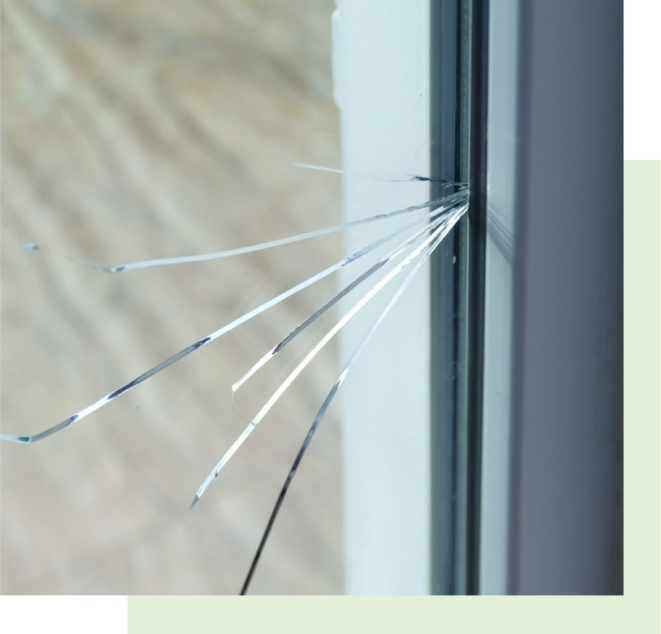PRODUCTS THAT YOU CAN TRUST
Feather Friendly® Warranty Statement
Product Care & Maintenance

Thermal breakage or thermal fracturing is the “cracking” of glass caused by uneven heat absorption. It occurs when temperature differences create stress in the glass where hot and cold spots meet. Thermal breakage happens most often when there is an existing defect, such as a chip or uneven cut along the edge.
Some materials—such as window films—installed on the glass lead to increased heat absorption, and the resulting heat build-up can crack the glass. Thermal breakage almost always occurs on the internal glass pane, and where there is a defect on the edge of the glass. However, thermal breakage can also occur on exterior panes, if the whole surface is covered with a dark, heat absorbing material or if there is a dark decal covering a large portion of the surface of the pane.
Feather Friendly® is not a full-film application. Rather, only the individual markers remain on the outside surface, covering only 6% to 8% of the glass. Therefore, any additional heat absorption due to the markers is negligible, meaning that Feather Friendly® does NOT increase the risk of thermal breakage. In nearly two decades of commercial and residential installations, there has never been a documented case of Feather Friendly® markers causing thermal breakage.
Additionally, Feather Friendly® applications will not damage glass surfaces or exterior glass coatings, such as Solar Reflective, Low-E, or other types of glass treatments. Feather Friendly® should not void your window manufacturer’s warranty.





